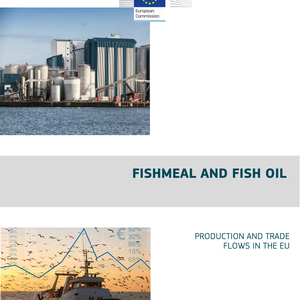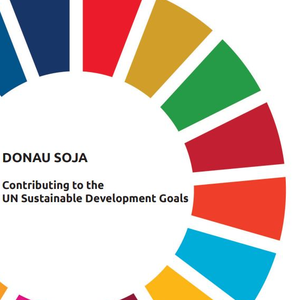Global antimicrobial use in animals has declined by 13% in three years1, again marking a significant shift in the continuous efforts to preserve the efficacy of these critical medicines, according to the Seventh Annual Report on Antimicrobial Agents Intended for Use in Animals by the World Organization for Animal Health.
As the global authority on animal health, WOAH has been collecting information on the use of antimicrobials in animals since 2015. A report has been published every year to provide access to this crucial and growing set of information and has highlighted steady efforts in the animal health sector worldwide. The latest report showcases a decline in the use of antimicrobials considered to be of critical importance for human health.
“Less than 20% of antimicrobials used in animals in 2019 were of the highest priority and critical importance for human health2. Collective efforts towards responsible use across all sectors are of utmost importance considering that these medicines are the sole therapy or one of few alternatives to treat life-threatening human diseases. It is important to highlight that, in the same year, an estimated 4 million human deaths were linked to antimicrobial resistance3,” said Javier Yugueros-Marcos, head of the Antimicrobial Resistance and Veterinary Products Department, WOAH.
Going further in the fight against this threat to global health, WOAH has recently fully digitalized its global database into an online platform, ANIMUSE. This new system facilitates open access to global and regional data in an interactive way, while also featuring easier reporting, error checks, and data visualization tools for members providing the information.
“A key strength of ANIMUSE is its flexibility. Countries at any level of their surveillance program can report on the platform. Even if a country’s insight on the amounts of antimicrobials used in animals is limited, being able to join the platform fosters discussion and improvement over time,” said Carolee Carlson, veterinarian and epidemiologist for the Public Health Agency of Canada.
1 According to data reported to WOAH by the 80 participating countries that consistently provided antimicrobial quantities in animals from 2017 to 2019.
2 According to data on antimicrobial classes reported for use in animals by 110 participating countries in 2019.
3 Murray CJL et al. The Lancet 2022, Vol. 399, Issue 10325. doi:10.1016/S0140-6736(21)02724-0.










